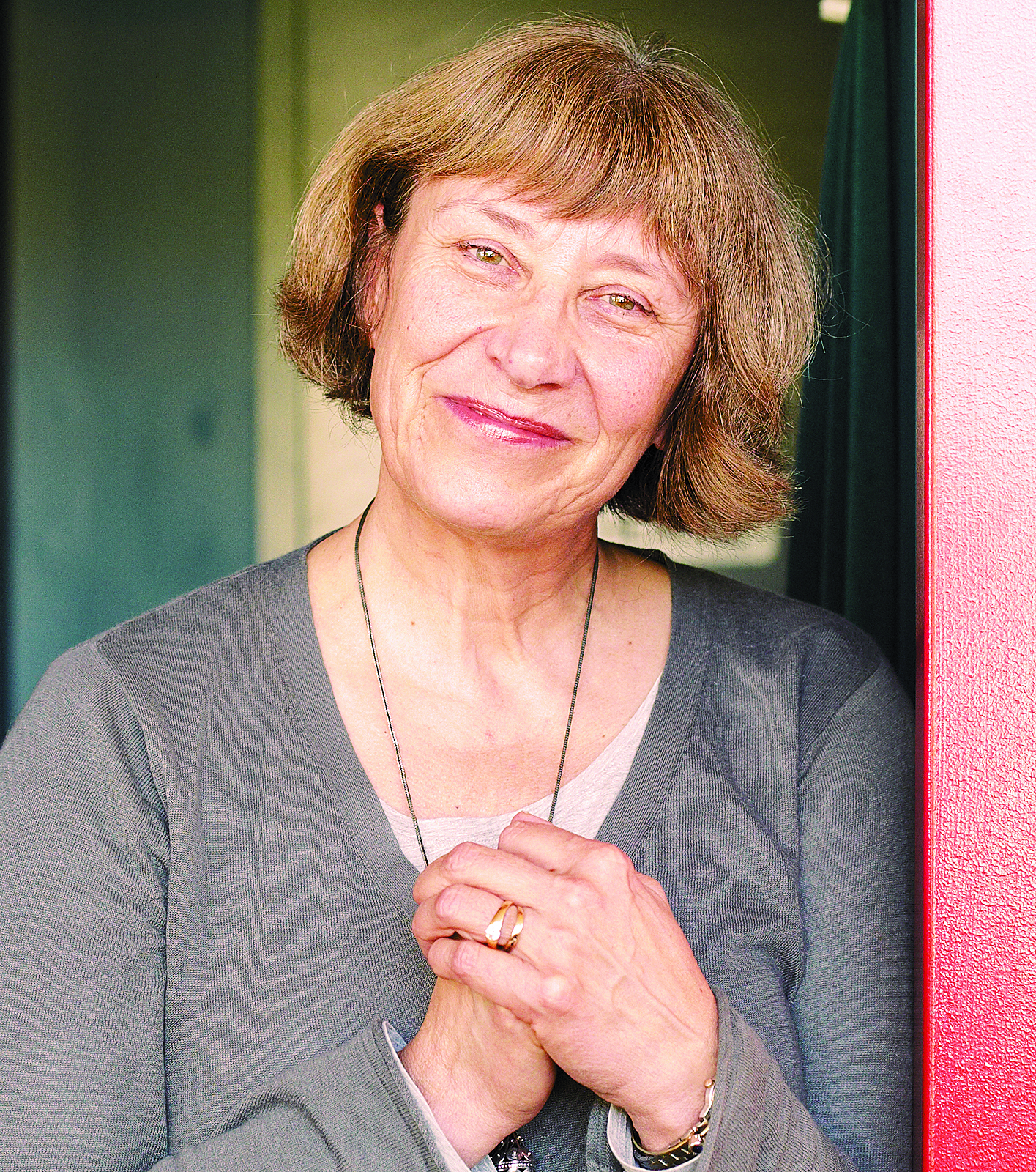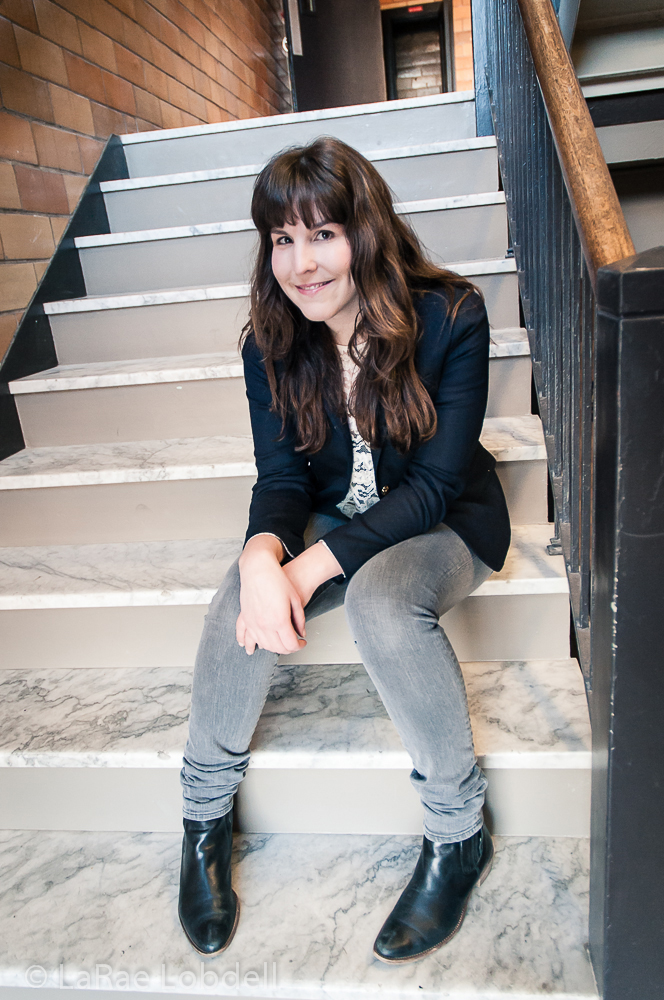When the South African Truth and Reconciliation Commission on Human-Rights Violations recently stated that apartheid was a crime against humanity, it was a sign of just how much has changed in the last few years. Pamela Gien’s new one-woman show, The Syringa Tree, makes the point just as clearly by looking as much at the conflicts of the human heart as at the political repercussions.
Our narrator is Elizabeth, the somewhat precocious but loving child of a white doctor and his wife living in Johannesburg in the early 1960s. Her strongest emotional attachment is clearly not to her parents but to her black nurse, Salamina, who plays with the child and promises to sing the native wedding song for her when she’s a bride. When Salamina gives birth to a girl, Moliseng, out of wedlock, she creates a potentially dangerous situation: The child has no official
papers, and thus has to be hidden both from the racist neighbors and the roving government agents. This dilemma pulls in all members of the household, white masters and black servants alike, and eventually leads to a harrowing series of events.
The Syringa Tree
A Contemporary Theater, ends March 7
While most of the action of the play is observed through Elizabeth’s not-always-comprehending eyes, Gien also takes on the personae of a couple of dozen characters. It’s an impressive technical feat, and while there are some occasional confusions, Gien’s detail of observation is remarkable, and her transitions are generally as clean as a
series of jump-cuts.
Using a child as a narrator, however, is a double-edged sword. On the positive side, it creates extraordinary tension regarding her vulnerability and the tremendous responsibility placed
on her. When Moliseng accidentally ruins one of Elizabeth’s favorite doll’s dresses, for example, we realize that one thoughtless tantrum from the white girl could end in her playmate’s discovery.
But it also keeps us at a distance from the events and their complexities. This is, after all, not Elizabeth’s story so much as it is Salamina’s, and to be held for most of the play to a child’s perspective can make us feel passive as well, observing someone else’s observations and not their experiences. Despite this shortcoming, this is a moving, intelligent, and unexpectedly humorous show that is ultimately as much about hope for the future as it is about the injustices of the past.







